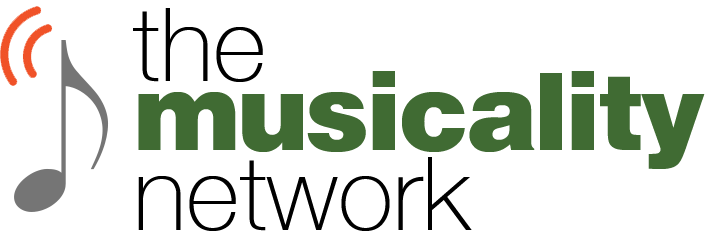To explore the history of drums in all their various styles and types is truly a multi-cultural undertaking. The drum is perhaps the oldest instrument known to man (shared only perhaps in age with the human voice), due largely to it’s simple design and the innate sense of rhythm many people have without any formal training or lessons.
Drums as instruments take many sizes and shapes – in the most basic sense you can take any object and “drum” on it, and that object has become a “drum”. However, the most common and ideal shape for a drum tends to be a hollow cylinder with at least one end covered with a drum head made of skin, cloth, plastic, or other synthetic material. This shape is ideal due to the resonance, tone and pitch offered, as well as the variability of tone and pitch offered by the flexibility of the head under the beat of a drumstick or hand. A drummer can strike a drum head with different levels of intensity as well as different angles to produce different sounds.
This cylindrical shape also allows for drums to be “tuned”, of course the Timpani found in Orchestral Percussion is an example of this. As well as the Timpani, many popular songs on the radio today are performed with a drum set tuned to that particular song.
Drum lessons are the most “full body” type of instrument lessons – especially drum set or drum kit lessons. During these lessons literally all 4 limbs are used. If you have a very active child, drum lessons could be a good way for them to burn off some steam!
Drum lessons are essential for taking a basic sense of rhythm to the “next level”. Many kids will be found at a young age to tap rhythms with their hands or feet along to music they hear – it is likely that they have raw rhythmic talent which needs the cultivation and assistance of a drum teacher. Drum lessons can begin for kids as young as 4 years old.
Many kids will have opportunity to play a percussion instrument (such as Snare, Timpani, Xylophone, Glockenspiel, Quads, Bass Drum, etc.) in their school Orchestral and Marching bands. We recommend that whenever possible middle and junior high students get involved with the percussion in their school band program. The Musicality Network has drum teachers who specialize in school band percussion lessons, as well as drum teachers who specialize in teaching drum set/drum kit lessons. To help your child succeed in a school band setting, private lessons are very helpful. The kids who have private lessons outside of school tend to be first chair leaders in school bands.
Many kids want to play a drum set or drum kit for drum lessons right away – however, any time that can be spent playing other percussion instruments – particularly the Snare, will result in an excellent drummer, not just someone who can pound out a few different rhythms.
To sign up for Drum lessons, either email us ([email protected]), call us (971-227-4222), or use the contact form on our website. We will answer any further questions you have, and based on your address will recommend a teacher in your area. We will have the teacher contact you (usually the same day) and set up a free first lesson. After the free first lesson, if you decide you like the teacher, we will send you your billing information by email.
The Musicality Network is a Portland, Oregon based network of private music teachers, teaching a wide variety of instruments including Piano lessons, Guitar lessons, Drum lessons, Violin lessons, Voice lessons, and more! Our teachers can drive to your house, and we service the entire Portland Metro Area, including Vancouver, Clackamas, Troutdale, Gresham, Tigard, Beaverton, Tualatin, Hillsboro, Lake Oswego, West Linn, Oregon City and more!
